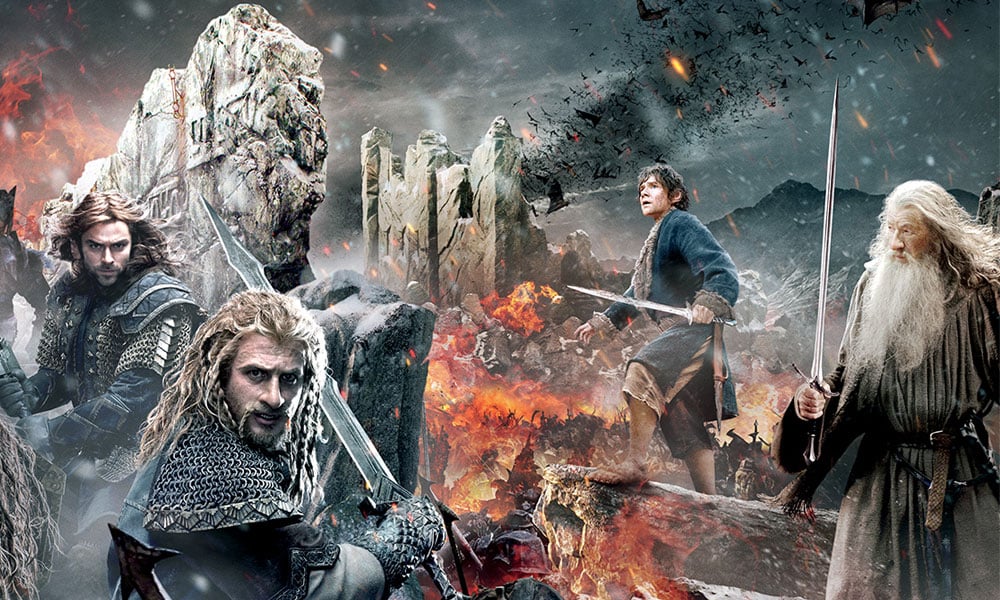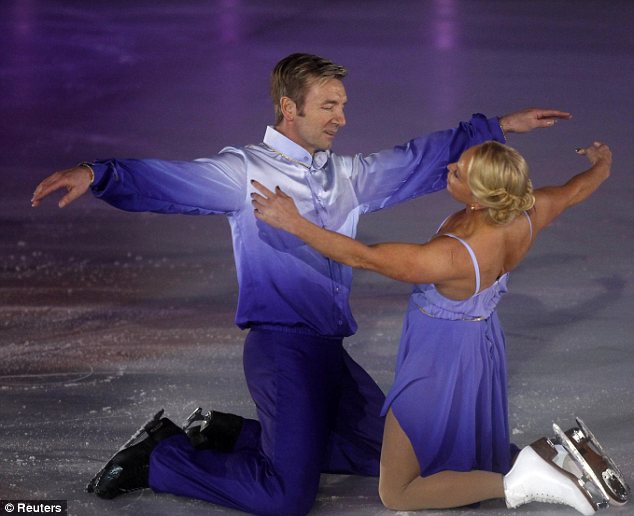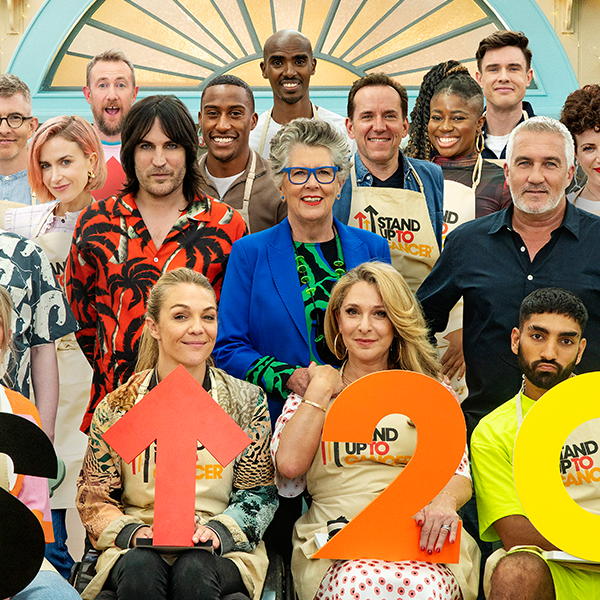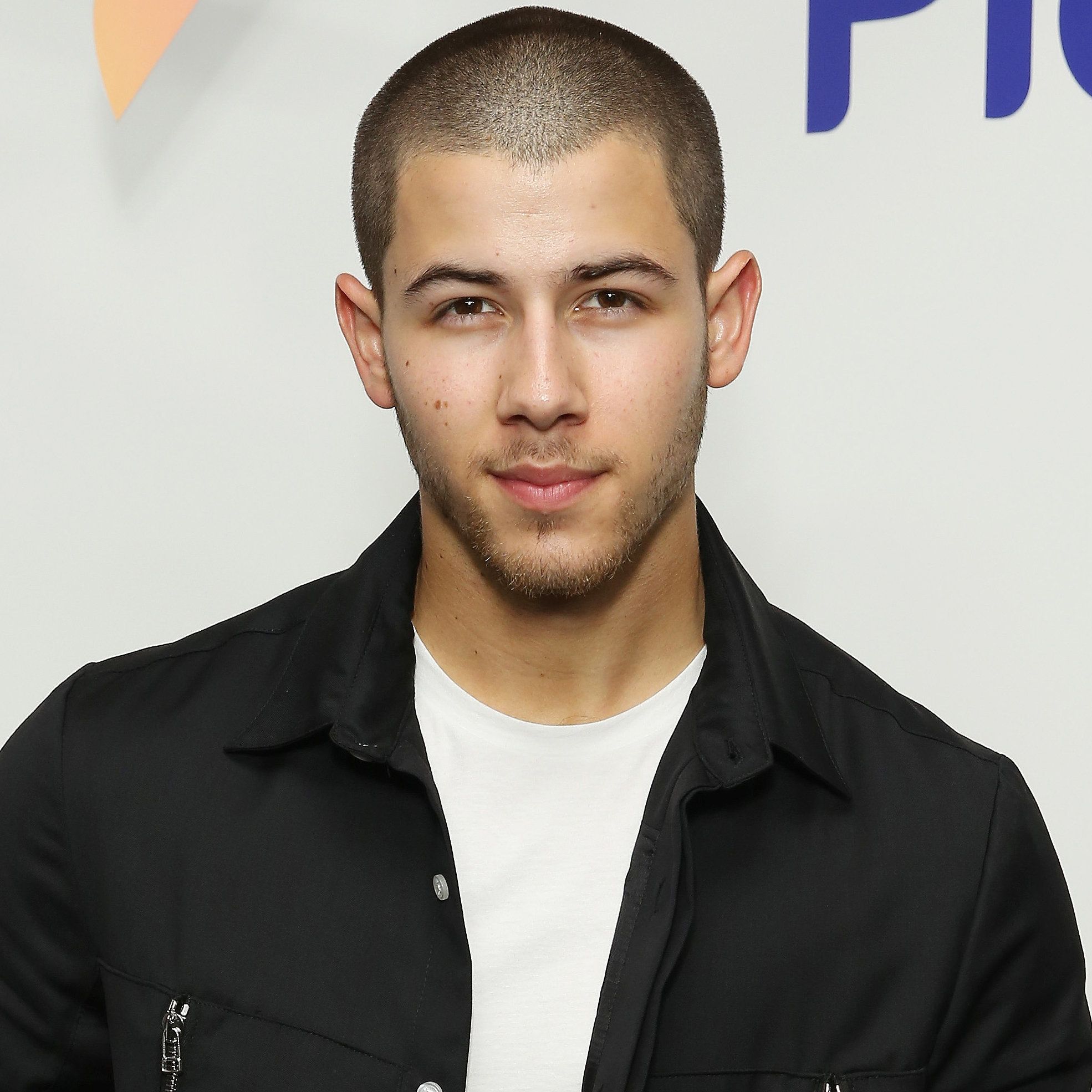 Hobbit: The Battle of the Five Armies serves as the epic conclusion to Peter Jackson’s remarkable Hobbit trilogy, captivating audiences with its thrilling battles, memorable characters, and the ultimate clash between good and evil. Set in the fantasy realm of Middle-earth, the film picks up where its predecessor left off, plunging viewers into the heart of an escalating conflict that will determine the fate of the land.
Hobbit: The Battle of the Five Armies serves as the epic conclusion to Peter Jackson’s remarkable Hobbit trilogy, captivating audiences with its thrilling battles, memorable characters, and the ultimate clash between good and evil. Set in the fantasy realm of Middle-earth, the film picks up where its predecessor left off, plunging viewers into the heart of an escalating conflict that will determine the fate of the land.
The story revolves around Bilbo Baggins, a humble hobbit who finds himself caught up in a grand adventure alongside a band of dwarves led by Thorin Oakenshield. As they reclaim their homeland, the Lonely Mountain, from the clutches of the fearsome dragon Smaug, their triumph is short-lived. The presence of immense riches awakens the greed within Thorin, setting the stage for a battle that will engulf the entire region.
The central conflict emerges as various factions converge upon the Lonely Mountain. Dwarves, elves, humans, and orcs prepare for an epic clash, each with their own motivations and stakes in the outcome. Thorin’s descent into madness and obsession with the Arkenstone, a precious gem of immeasurable power, threatens to destroy the fragile alliances that have been forged.
Leading the charge against the impending darkness is the wise and powerful wizard Gandalf, who unites the forces of good in a desperate attempt to prevent Middle-earth from descending into chaos. Alongside him are the elven prince Legolas, the noble warrior Bard, and Bilbo, whose loyalty and courage are tested as the battle intensifies.
The movie showcases breathtaking action sequences and visually stunning battles, as armies clash and heroes rise to the occasion. From the rousing charge of the dwarves to the magnificent aerial combat of the eagles, each moment is filled with pulse-pounding excitement and a sense of impending doom.
While the film highlights the grand spectacle of war, it also delves into deeper themes of friendship, sacrifice, and the corrupting influence of power. It explores the consequences of unchecked ambition and the lengths individuals are willing to go to protect what they hold dear. Through its engaging characters and intricate plot, the movie reminds us of the enduring power of loyalty and the resilience of the human spirit.
As the final chapter in the Hobbit trilogy, The Battle of the Five Armies delivers a satisfying conclusion to a beloved saga. It masterfully blends heart-stopping action with poignant character moments, leaving audiences with a sense of wonder and nostalgia. This epic tale of courage, redemption, and the fight against darkness will continue to captivate viewers for generations to come, solidifying its place as a timeless classic in the realm of fantasy cinema.
The Hobbit: The Battle of the Five Armies is a cinematic spectacle that takes viewers on an epic journey through Middle-earth. One of the key elements that contribute to the film’s success is the exceptional character portrayals and performances. In this article, we will delve into the acting performances in The Hobbit: The Battle of the Five Armies, with a particular focus on the main characters: Bilbo Baggins, Thorin Oakenshield, and Bard the Bowman.
Martin Freeman’s portrayal of Bilbo Baggins is nothing short of remarkable. Freeman effortlessly captures the essence of Bilbo’s complex character, balancing his innate sense of adventure with his inherent timidity. Throughout the film, Freeman’s nuanced performance allows us to witness Bilbo’s transformation from a reluctant participant to a heroic figure, driven by his loyalty and bravery. His ability to convey a wide range of emotions, from fear to determination, adds depth and authenticity to the character, making Bilbo a relatable and endearing protagonist.
Richard Armitage’s portrayal of Thorin Oakenshield is equally captivating. Armitage masterfully captures the internal struggles of the character, torn between his desire for power and his duty as a leader. He flawlessly portrays Thorin’s descent into madness, conveying a sense of vulnerability and torment. Armitage’s performance is particularly impactful during the climactic battle scenes, where he effortlessly conveys Thorin’s inner turmoil and eventual redemption. His ability to convey complex emotions and motivations makes Thorin a compelling and memorable character.
Luke Evans’s portrayal of Bard the Bowman brings a sense of strength and determination to the film. Evans effortlessly embodies Bard’s heroic qualities, portraying him as a capable and fearless warrior. His performance during the battle sequences is particularly impressive, showcasing Bard’s leadership and strategic thinking. Evans’s ability to convey Bard’s unwavering dedication to his people and his desire to do what is right adds depth and authenticity to the character. His portrayal of Bard is a shining example of a hero who is driven by a sense of justice and compassion.
Overall, the acting performances in The Hobbit: The Battle of the Five Armies are nothing short of exceptional. The actors’ ability to bring these beloved characters to life, conveying their emotions and motivations on screen, is a testament to their talent and dedication. Martin Freeman, Richard Armitage, and Luke Evans breathe life into Bilbo Baggins, Thorin Oakenshield, and Bard the Bowman, respectively, creating a memorable and immersive cinematic experience.
In conclusion, the acting performances in The Hobbit: The Battle of the Five Armies are a standout aspect of the film. Martin Freeman, Richard Armitage, and Luke Evans deliver captivating portrayals of their respective characters, showcasing their ability to convey emotions and motivations with authenticity and depth. Through their performances, Bilbo Baggins, Thorin Oakenshield, and Bard the Bowman become more than just fictional characters; they become relatable and engaging figures that leave a lasting impression on the audience.
The Hobbit: The Battle of the Five Armies is a cinematic spectacle that takes viewers on an epic journey through Middle-earth. One of the key elements that contribute to the film’s success is the exceptional character portrayals and performances. In this article, we will delve into the acting performances in The Hobbit: The Battle of the Five Armies, with a particular focus on the main characters: Bilbo Baggins, Thorin Oakenshield, and Bard the Bowman.
Martin Freeman’s portrayal of Bilbo Baggins is nothing short of remarkable. Freeman effortlessly captures the essence of Bilbo’s complex character, balancing his innate sense of adventure with his inherent timidity. Throughout the film, Freeman’s nuanced performance allows us to witness Bilbo’s transformation from a reluctant participant to a heroic figure, driven by his loyalty and bravery. His ability to convey a wide range of emotions, from fear to determination, adds depth and authenticity to the character, making Bilbo a relatable and endearing protagonist.
Richard Armitage’s portrayal of Thorin Oakenshield is equally captivating. Armitage masterfully captures the internal struggles of the character, torn between his desire for power and his duty as a leader. He flawlessly portrays Thorin’s descent into madness, conveying a sense of vulnerability and torment. Armitage’s performance is particularly impactful during the climactic battle scenes, where he effortlessly conveys Thorin’s inner turmoil and eventual redemption. His ability to convey complex emotions and motivations makes Thorin a compelling and memorable character.
Luke Evans’s portrayal of Bard the Bowman brings a sense of strength and determination to the film. Evans effortlessly embodies Bard’s heroic qualities, portraying him as a capable and fearless warrior. His performance during the battle sequences is particularly impressive, showcasing Bard’s leadership and strategic thinking. Evans’s ability to convey Bard’s unwavering dedication to his people and his desire to do what is right adds depth and authenticity to the character. His portrayal of Bard is a shining example of a hero who is driven by a sense of justice and compassion.
Overall, the acting performances in The Hobbit: The Battle of the Five Armies are nothing short of exceptional. The actors’ ability to bring these beloved characters to life, conveying their emotions and motivations on screen, is a testament to their talent and dedication. Martin Freeman, Richard Armitage, and Luke Evans breathe life into Bilbo Baggins, Thorin Oakenshield, and Bard the Bowman, respectively, creating a memorable and immersive cinematic experience.
In conclusion, the acting performances in The Hobbit: The Battle of the Five Armies are a standout aspect of the film. Martin Freeman, Richard Armitage, and Luke Evans deliver captivating portrayals of their respective characters, showcasing their ability to convey emotions and motivations with authenticity and depth. Through their performances, Bilbo Baggins, Thorin Oakenshield, and Bard the Bowman become more than just fictional characters; they become relatable and engaging figures that leave a lasting impression on the audience.
In the realm of film, certain stories possess the power to captivate audiences and transport them into extraordinary worlds. One such film that accomplishes this feat is the mesmerizing masterpiece weaved together by its themes and messages. As viewers delve into its depths, they will discover an intricate tapestry of ideas that address fundamental aspects of human nature. This article aims to explore the profound themes and messages conveyed in the film, delving into the realms of greed, heroism, friendship, and the consequences of war.
Greed, a perennial theme in storytelling, finds its place within the narrative of the movie. The film skillfully portrays the allure and destructive consequences of this insidious trait. Through captivating characters and compelling storylines, viewers are exposed to the corrosive nature of greed, witnessing its detrimental impact on individuals and societies. By examining the characters’ motivations and actions, the film offers an insightful portrayal of the human tendency to succumb to the allure of material possessions and power.
Heroism, another vital theme, takes center stage in the film. It explores the essence of heroism and the sacrifices individuals make when faced with adversity. Through the journeys of its characters, the film showcases acts of courage
The Hobbit: The Battle of the Five Armies serves as the epic conclusion to the riveting trilogy adapted from J.R.R. Tolkien’s beloved novel. With its enthralling storytelling, remarkable visual effects, and commendable performances, the film largely succeeds in bringing the grand tale to a satisfying close.
One of the film’s notable strengths lies in its ability to captivate audiences with its engaging storytelling. Director Peter Jackson masterfully weaves together the intricate plotlines, building tension and suspense as the battle unfolds. The film effectively showcases the conflicts and alliances between the various armies, immersing viewers in the heart of the action. Although some deviations from the original source material are present, the narrative remains faithful to Tolkien’s spirit, paying homage to the author’s rich imagination.
Visually, The Battle of the Five Armies is a stunning spectacle that demonstrates the incredible advancements in cinematic technology. The epic battle sequences are brought to life with breathtaking detail, showcasing the immense scale and complexity of the conflict. From the sweeping landscapes to the intricately designed creatures, the visual effects work seamlessly to create a vivid and immersive world. The film’s cinematography further enhances the experience, capturing the intensity and emotional depth of the characters and their struggles.
The performances in The Battle of the Five Armies are commendable, with the cast delivering compelling portrayals of their respective characters. Martin Freeman shines as Bilbo Baggins, effortlessly embodying the reluctant hero’s internal conflicts and growth. Richard Armitage delivers a powerful performance as Thorin Oakenshield, portraying the character’s descent into madness and subsequent redemption with nuance and depth. The ensemble cast, including Ian McKellen, Orlando Bloom, and Evangeline Lilly, all contribute to the film’s emotional resonance and believability.
However, the film is not without its weaknesses. Some viewers may find the pacing to be uneven, particularly during the initial stages of the battle. The extensive action sequences, while visually impressive, may overshadow character development and emotional arcs for certain individuals. Additionally, the film’s extended runtime may test the patience of some audience members, as it demands a significant investment of time and attention.
In conclusion, The Hobbit: The Battle of the Five Armies successfully concludes the trilogy with its gripping storytelling, awe-inspiring visual effects, and strong performances. While it may not be without its flaws, the film remains a testament to the dedication and vision of the filmmakers. It brings to life the fantastical world of Middle-earth, honoring Tolkien’s original work while adding its own cinematic flair. The movie’s overall impact is undeniable, leaving audiences with a sense of wonder and fulfillment. Whether you are a longtime fan or a newcomer to the series, The Battle of the Five Armies is a thrilling and entertaining experience that shouldn’t be missed.



